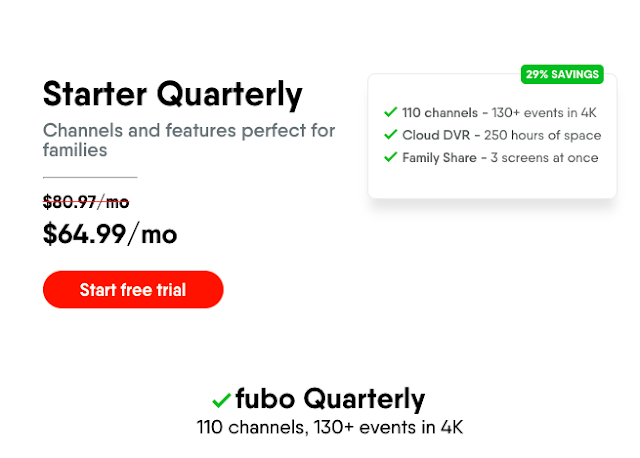Now, Roku Pay has its purpose, but I will only use it on rare occasions, and generally recommend that people not use it. For the most part.
Here's what Roku Pay is. It's Roku's system of paying for stuff through your Roku account. You can purchase apps, you can subscribe to services, you can buy things through your Roku. It's really nothing more than having your credit card stored and using it to pay for stuff. That's all it really is, when you get down to it.
Roku really likes it, because they make money by making it easy for you to buy or subscribe using Roku, and they get a cut. And they make it really easy to set up Roku pay. When you create a Roku account, it automatically goes to a page where you can fill out credit card or PayPal information to be stored and used if you want to purchase or subscribe to something.
Some people get all bent out of shape over this. I personally don't. Roku has never had a financial data breach. Some have made claims there have been, but when the facts came out, it wasn't a Roku breach. I'm fine with having a credit card stored there. But I get it. Some people don't want that. And, since it comes up automatically when signing up for a Roku account, there's no easy way to get past this. Or so people think. But really, it's easy.
All you have to do is click the Roku logo at the top. That's it. Your account has already been created. Roku is simply trying to gather more information. If you don't want to give it, don't. Just click the Roku logo. It's as simple as that. You'll be taken to the Roku home page, and if you look in the top right, you'll see that you're logged in.
Some people will tell you that you can replace part of the URL with something else, and that' true. When the credit card page comes up, you're on https://my.roku.com/signup/payment
Some say change it to https://my.roku.com/signup/nocc and press Enter. You can do that, sure. But, you can also just click the Roku logo. That's easier, to me.
Skipping the credit card entry is really simple. If you look at the Roku support forum, you'll see people thinking it's the worst thing since Stalin. But it's not. It's just a request for data, and you can easily skip it by clicking the Roku logo. Nothing to get all worked up about.
After you click the logo, click the little person avatar in the top right, and go to the My Account page. Be sure to set up a PIN preference. You have three options:
Always require a PIN to make purchases and add items from the Channel Store.
Always require a PIN to make purchases.
A PIN is not required to make any purchase or add any items from the Channel Store.
I suggest the first or second option. The first one keeps anyone from adding apps to your Roku without the PIN. The first and second keep anyone from making a purchase/subscription without the PIN. I never suggest the third. If you use the first or second, you'll get the PIN when something is trying to happen that will cost you money.
Of course, with the first, you can't add a free app unless you enter the PIN, so if you choose the first option, don't get all worked up about the PIN. If you don't care if a user adds apps, then pick the second option.
That's actually more confusing than skipping the credit card sign up. That's really easy. Again, just click the Roku logo when it asks you to enter your credit card information on account creation.
Using a Roku is really easy. Don't overthink it. Just enjoy it, and enjoy your Streaming Life.










